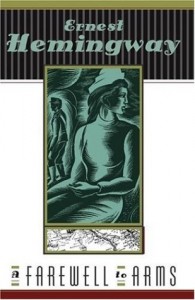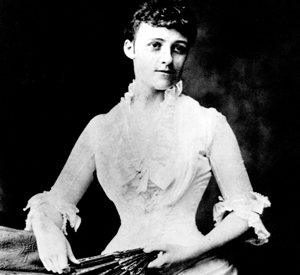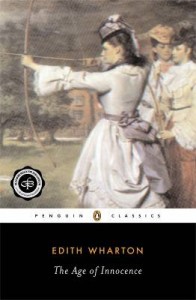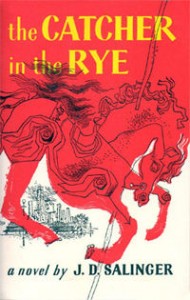This past week I finished reading Hemingway’s A Farewell To Arms and now feel as though I have a grasp on the author. Or at least I am beginning to. My understanding of Hemingway has not come as easily as with other authors, such as Fitzgerald, whose writing is immediately extraordinary and imaginative. Hemingway writes in stark observations. His images are short and his commentary often brief and evaluative. Sentences such as “it was good,” or “I felt happy” are a common formula to the author’s writing and thus it becomes difficult and at times overwhelming to detract the true emotion of the writing. In A Farewell To Arms, Hemingway writes of the War, as is common with many writers of the modernist period; however, his portrayal is so immediately juxtaposed with romance that the latter subject becomes in some ways triumphant if only for its resilience.
Perhaps the most profound aspect of the novel is Hemingway’s commentary on language itself, spoken by means of the narrator Lieutenant Frederic Henry. He confesses,
“I was always embarrassed by the words sacred, glorious,
and sacrifice and the expression in vain. We had heard them,
sometimes standing in the rain almost out of earshot, so that
only the shouted words came through, and had read them,
on proclamations that were slapped up by billposters over other proclamations…” (185).
Within this passage, Hemingway prescribes futility of expression as the ongoing ailment of the modernist period. War has created a terrible sense of meaninglessness and therefore words such as sacred, glorious, and sacrifice, have become vague and incoherent. In fact, they are indicative not of substance but of its opposite, commercialism. These words suggest propaganda rather than truth and for that reason they do not appear within Hemingway’s writing. These “obscene” words cannot be taken literally and are unproductive in light of warfare. Hemingway provides a code with which to understand his writing as well as the starkness of society, one that suffers from lack of meaningful expression and instead thrives on the concrete, “the numbers of regiments and the dates” (185). And yet in the midst of this bleak situation arises his romance with Catherine Barkley. Hemingway’s development of this story is profound its in authenticity despite the cynicism of the narrator and his limited expression. This resilient prose is perhaps most effective for its ability to reveal vulnerability, the fragile interior of a war-torn state.




